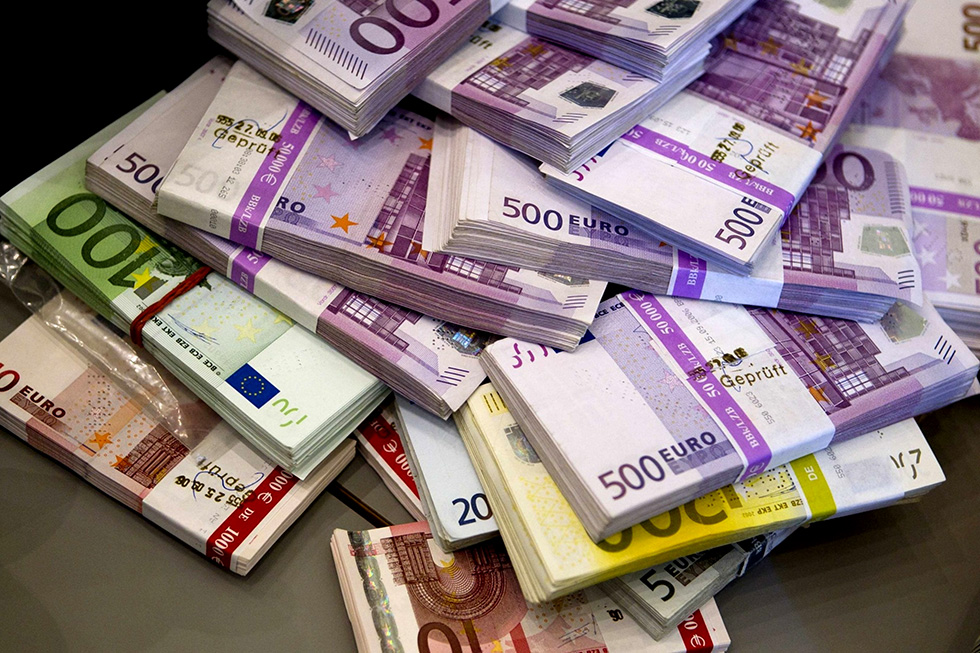Energy prices in Europe have fallen due to a new Atlantic storm that has brought unseasonably warm weather and increased wind power generation.
On the one hand, hurricane-force winds, particularly those caused by Storm Isha, have made travelling across Northern Europe much more difficult and led to power outages in some regions.
This was reported by the Bloomberg.
On the other hand, the increased wind generation is providing some respite for the region’s energy supply after the recent cold snap.
Also, benchmark gas futures declined by 6.4%, falling to a six-month low since last July.
Intraday electricity prices in Germany and France fell below zero for several hours. They become negative when supply exceeds demand.
- In Germany, intraday capacity fell to -14.88 euros per megawatt-hour earlier on Monday, in line with prices at Epex Spot SE.
- In France, to -15.20 euros per megawatt-hour.
- In the UK, day-ahead gas prices fell by 5.3%.
- In Amsterdam, as of 10:35 a.m., Dutch gas fell by 4.7% to 27.10 euros per megawatt-hour for the first time in a month.
According to data compiled by Bloomberg, wind energy production in the Scandinavian countries rose to a record 25,723 megawatts.
Wind production in Germany is also set to reach a new high, surpassing the previous record set before Christmas.
Wind power in the UK is below its December high, but still accounts for around 50% of the country’s total energy mix on Monday morning. At the same time, gas accounts for only about 20%, according to network data.
Forecasters, in turn, indicate that such warm weather will remain even in early February.
Earlier, European countries benefited from record renewable energy capacity last year and the largest possible gas reserves and a relatively mild winter with few sharp cold snaps.
As temperatures recover, demand for gas for heating and power generation should decline, helping to keep energy prices from rebounding recently.
Source: The Gaze







